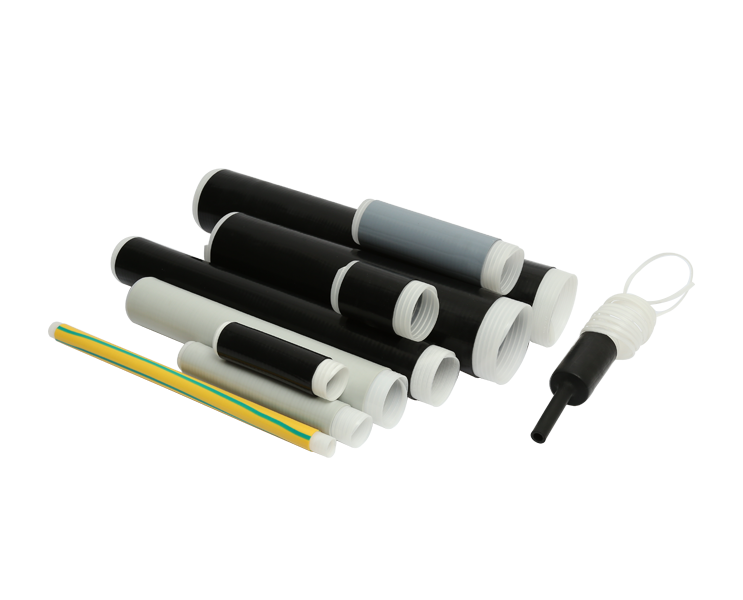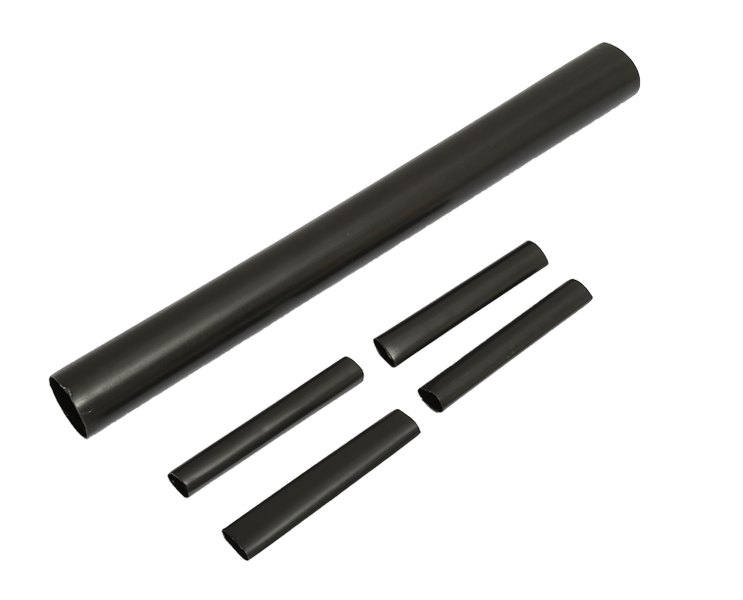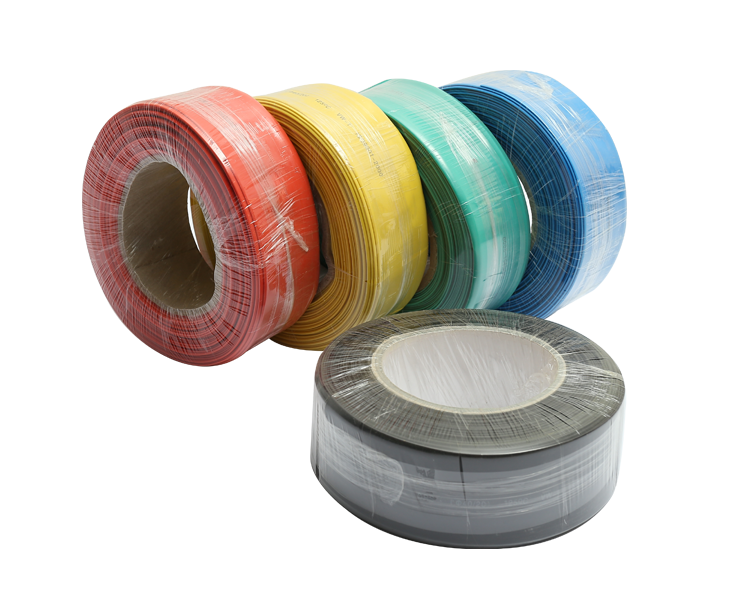In the ever-evolving world of technology and construction, the importance of insulated wire cable cannot be overstated. Whether it’s powering homes, enabling complex industrial systems, or ensuring safe electrical distribution, insulated wire cable plays a central role. Its applications span across industries and everyday life, serving as the backbone of electrical connectivity.
An insulated wire cable consists of a metal conductor, typically copper or aluminum, encased in a protective layer of insulation. This insulation prevents unwanted current flow, protects against environmental factors, and reduces the risk of electrical shocks or fires. Depending on the intended use, these cables come in various sizes, insulation materials, and configurations.
One of the primary benefits of insulated wire cable is safety. The insulation prevents direct contact with the conductive metal, significantly reducing the likelihood of electric shocks. Moreover, it helps in containing electrical arcs or faults within the cable, which is crucial for residential and commercial safety.
Another advantage is durability. Insulated wire cable is designed to withstand moisture, chemicals, temperature extremes, and mechanical wear. This makes it suitable for harsh environments like factories, underground tunnels, and outdoor installations.
Additionally, performance efficiency is enhanced by insulation. It minimizes energy loss due to leakage currents and improves the overall reliability of electrical systems. With increasing demand for sustainable and efficient power transmission, the role of insulated wire cable becomes even more essential.
Different applications require specific types of insulated wire cable:
PVC insulated wire cable: Common in residential wiring due to its flexibility and cost-effectiveness.
XLPE insulated wire cable: Preferred in industrial settings for its heat resistance and mechanical strength.
Rubber insulated wire cable: Often used in portable equipment and outdoor usage due to its flexibility and weather resistance.
Each type of insulated wire cable is engineered to meet the needs of specific environments, ensuring optimum safety and functionality.
From simple household wiring to complex telecommunications systems, insulated wire cable is a fundamental component. In the construction industry, it forms the electrical skeleton of buildings. In automotive manufacturing, it connects various electronic components reliably. In telecommunication, insulated fiber-optic cables transmit data over long distances without interference.
The energy sector also heavily relies on insulated wire cable, especially for power distribution and transmission. The insulation ensures stable current flow even over long distances, making it indispensable for national grids.
Proper installation of insulated wire cable is critical to ensure safety and efficiency. Professionals follow strict standards and use specialized tools to lay and connect cables. Regular inspection and maintenance are also necessary to detect signs of wear, corrosion, or insulation damage. Early detection of issues can prevent failures and extend the service life of the cable.
Modern insulated wire cable is increasingly being designed with eco-friendly materials. Manufacturers are focusing on recyclable insulation materials and low-toxicity compounds to reduce environmental impact. Additionally, energy-efficient cable designs are helping reduce power loss in transmission, contributing to sustainable energy systems.
The importance of insulated wire cable in our daily lives and industrial systems cannot be underestimated. Its ability to provide safe, reliable, and efficient electrical connections makes it a key component in modern infrastructure. As technology progresses, the development of advanced insulated wire cable solutions will continue to support innovation and sustainability across multiple sectors.

 English
English 简体中文
简体中文



